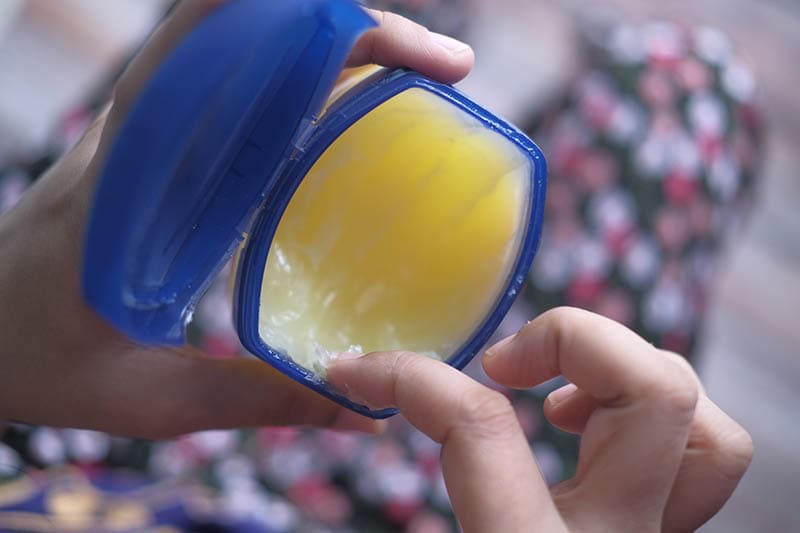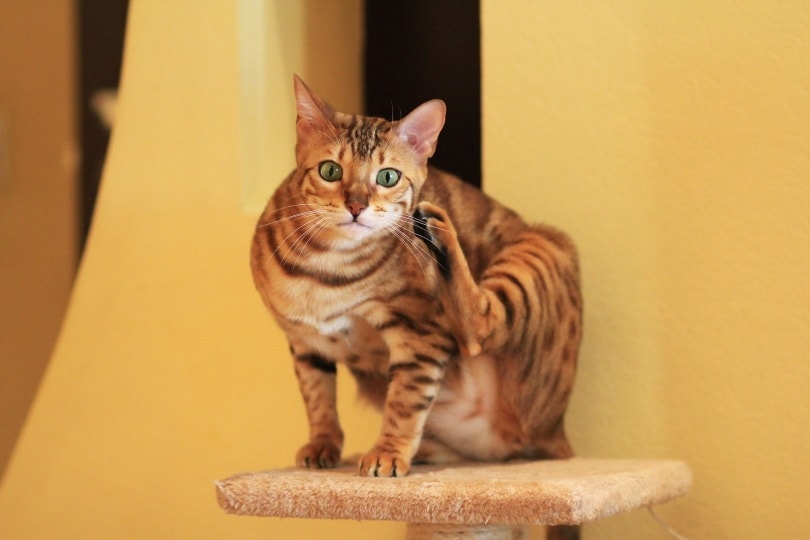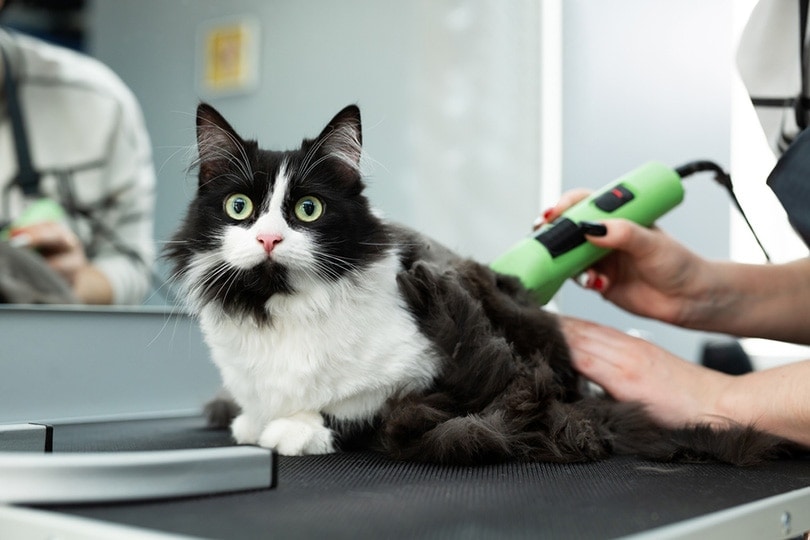Is Vaseline Safe for Cats’ Wounds? Vet-Reviewed Safety & FAQ
By Brooke Bundy
Updated on

Vaseline and other petroleum jelly products are popular products when it comes to caring for people’s skin. These products can provide moisturization and protection to the skin, making them a great option for chapped, dry skin and cracked or damaged skin. Is it safe to use on your cat’s wounds, though? Well, it actually depends on what you’re dealing with.
Is Vaseline Safe to Use on Open Wounds?
If your cat has an open wound of any kind, the best course of action is to have a vet look at the wound before you do anything to it. If the wound is bleeding significantly, you can apply pressure to it while you head to the vet. Otherwise, avoid putting Vaseline, antibiotic ointment, or any other topical creams or ointments on the wound until you have guidance from your vet.
Under veterinarian guidance, Vaseline can often be safe to apply to a cat’s wound. If licked off, there is a risk that it could cause diarrhea or stomach upset. If you are directed by your vet to apply Vaseline to your cat, make sure to use a cone or surgical suit to keep them from licking. Some wounds need to be kept moist and protected, which Vaseline can help with, but if your cat is licking the Vaseline right off of their wound, then it won’t be doing their wound any good.

Is Vaseline Safe to Use on Surgical Incisions?
If your cat has had surgery, they’ll likely have a surgical incision. Some incisions will have external stitches, but most have internal stitches that don’t have to be removed. People are somewhat familiar with the care of incisions after human surgeries, which typically consists of taking oral antibiotics, minimizing touching of the incision, and gentle cleaning.
When looking at a surgical incision on your cat, it can be tempting to want to clean it or cover it with ointments and dressings. While you can count on your cat’s surgeon to provide you with instructions for the care of the incision, they will almost certainly tell you to leave the incision alone. In some cases, putting Vaseline and other ointments on top of a surgical incision can increase the risk of poor surgical healing or infection.
In Conclusion
Vaseline can be an effective way to maintain the moisture of a wound to support healing, but it can also increase the risk of complications with the wound. It’s extremely important to avoid putting Vaseline or any other ointments and creams onto a wound or incision without direction from your veterinarian. You may unintentionally do more harm than good for your cat.
Always talk to your veterinarian before doing anything with a new wound on your cat. The application of topicals may make it more difficult for your vet to assess and treat the wound properly. In the case of mild scratches and cuts, there’s a likelihood that your vet will tell you to completely leave them alone to heal on their own, while more serious injuries may need hands-on vet care throughout the healing process.
Featured Image Credit: Towfiqu ahamed barbhuiya, Shutterstock











